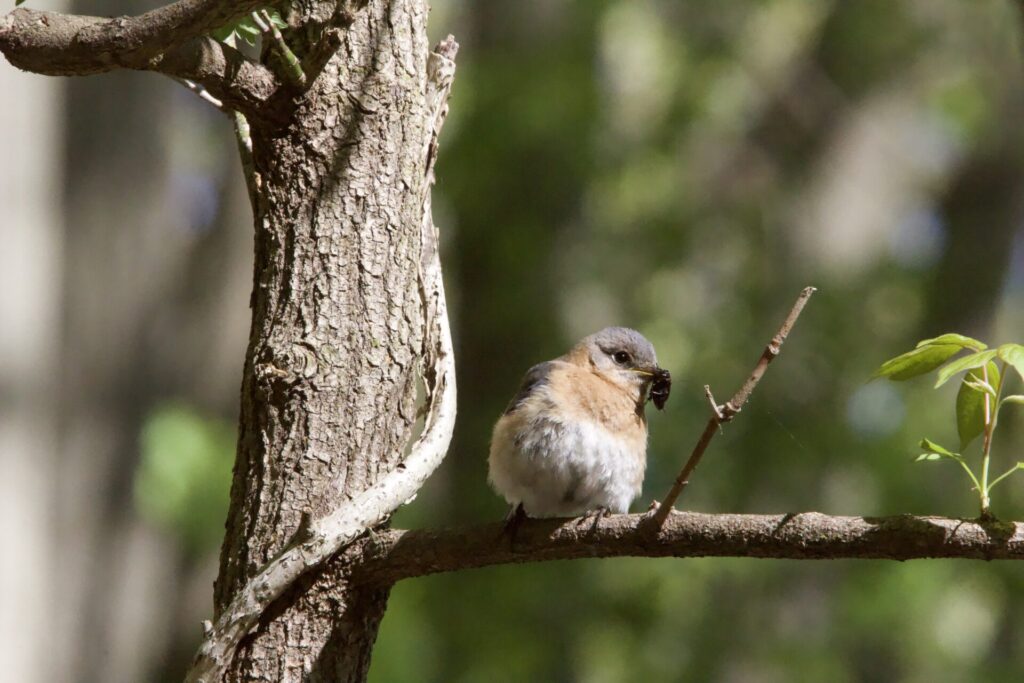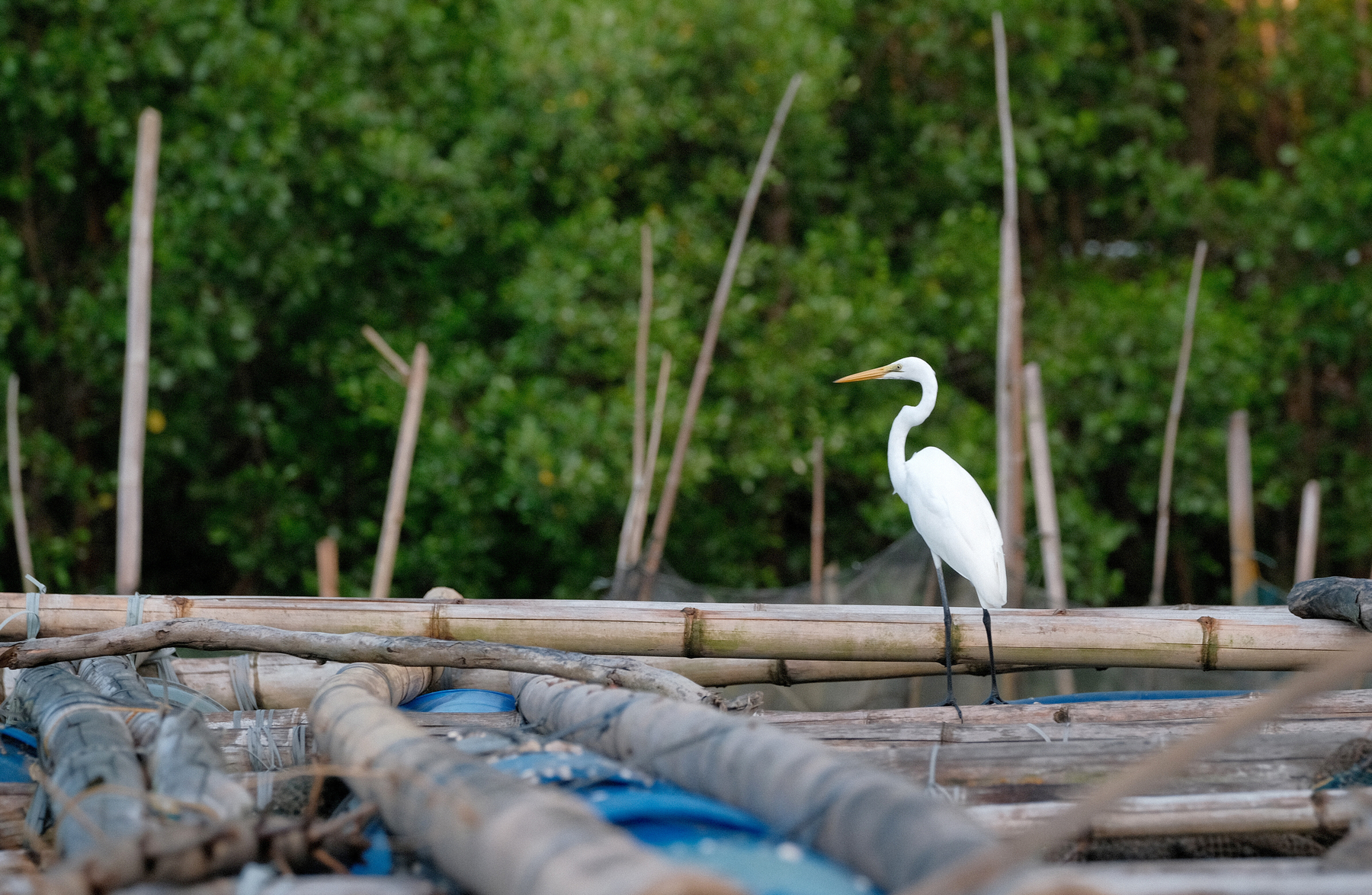August in the Western hemisphere marks the beginning of migration season for billions of birds. Many species of birds spend the warm spring and summer months in their breeding grounds raising their young. As the colder months approach, these birds fly south toward warm climates where food and shelter are easier to find.
During these annual migrations, you may see new types of birds visiting your feeders and flying outside your window. But you can do more than just watch… you can help protect birds in your own backyard! Below are six simple changes you can make today to support birds during migration season.
Photo Credits: © María Dabrowski
1. Turn off the lights
Most migratory birds travel at night, relying on the night sky for navigation. City lights, streetlights, and even porch lights can disorient birds, making it difficult for them to distinguish between nighttime and daytime. By turning off your lights and closing your shades at night, you can help birds stick to their natural flight cycles. And as a bonus, you’ll save money on your electric bill!
Some cities around the United States participate in Lights Out, a program designed to reduce light pollution in cities during migration season. See if your city participates!
2. Clean your bird feeders and bird baths often
Some birds such as the American Robin, will only migrate a few hundred miles, while other birds like the Rufous Hummingbird can travel an astounding 3,000 miles. Regardless of the time spent in the open sky, birds need to stop for food and water during their long southward journeys. It’s essential to keep bird feeders and baths clean for your winged visitors. Migration season means many birds will be congregating at your feeders, making it easier for birds to pass diseases to one another before moving on and potentially infecting birds farther along in their journey. Most experts agree that cleaning your bird feeders and baths about twice a month with a solution of 1 part bleach to 9-10 parts water does the trick! To keep water extra clean, try You can also install a small solar paneled fountain to keep water moving and prevent bacterial buildup.
3. Plant native plants
Even if you don’t have a yard or garden, potting a few native plants can provide additional food and nutrition for birds passing through.
For suggestions on which plants can work for your area, ask your local nursery or check out resources such as the National Wildlife Foundation’s Native Plant Finder.
4. Leave the leaves
You may be tempted to rake up all your dead leaves this fall, but they are called “leaves” for a reason! Fallen leaves provide foraging opportunities for birds and insulation for nests.
Some common bird species that don’t migrate such as jays and chickadees will store their food in fallen leaves during the cold winter months.

5. Make your windows bird-friendly
Just like our house lights, windows can be disorientating obstacles for birds that can’t distinguish reflection and open sky. Unfortunately, windows are one of the leading causes of human-related bird mortality, with millions of birds colliding with windows each year. Luckily, there are many budget-friendly ways that you can make windows stand out to prevent bird collisions. Easy actions include adding window decals, closing the blinds, using window-mounted bird feeders, and moving house plants away from windows.
6. Join a citizen science program
Want to get involved in helping track bird migration patterns from your back door? There are plenty of opportunities for everyday citizens to turn their birdwatching into valuable data. The Cornell Lab is an excellent resource for finding citizen science programs near you.
Stay Connected
Sign me up for occasional emails to learn more about Rare’s work and how I can support its mission. I know I can unsubscribe at any time.
